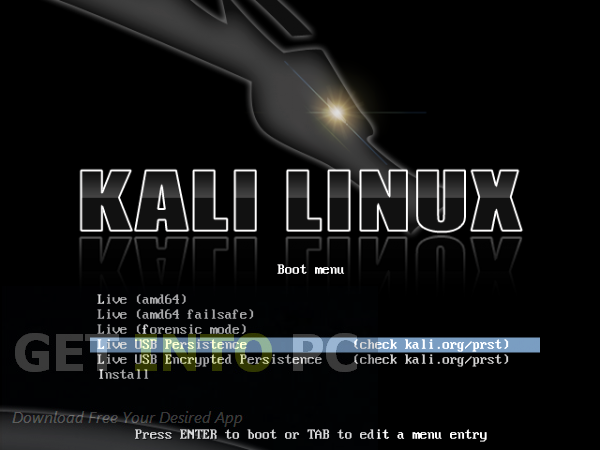

Launch the VMware Player, and start creating a new virtual machine.Select USB device and start the Kali Linux 2021.3 installer.Press the boot device menu key and select USB to boot first.As soon as done, plug the bootable USB into a system where you want to install Kali Linux 2021.3.Open the USB bootable creation software, and select the ISO image file of Kali Linux 2021.3, and start the process.


Most tools in Kali Linux work through the command line, while some of them also have graphical user interfaces such as Wireshark, Burp suite and Armitage. As soon as you launch a tool, you do not need you to write a custom program and programming code to attack, you can read the instructions in the terminal window and type the command. According to the Kali Linux tools directory, there are hundreds of pre-installed security tools in the operating system that allows attacking any computer system, gathering information, forensics, reverse engineering, crack passwords, snifting and snipfing etc.

Kali Linux is a free and open source Linux operating system specially designed for penetration testing (computer system security) using a wide range of available security tools. Compared to previous releases, this Kali Linux version includes some new features and updates, such as KDE 5.21, OpenSSL is now configured for wider compatibility to allow Kali to talk to as many services as possible, The Kali-tools site has been completely refreshed, Copy/Paste/Drag/Drop from your machine into Kali Live Session VM by default, new tools added, etc.įor more information the release, read the official note of the Kali Linux 2021.3. It is available for installing 32-bit and 64-bit versions, and a choice of different desktop environments such as KDE, LXDE, and MATE is available in a single ISO image file. Kali Linux 2021.3 was released in September, 2021, it was preceded by version 2021.2 and was available for desktop / laptop computers. Kali Linux 2021.3a was released in October, 2021, this is a no fanfare release, which comes with fixes to minor issues with base-image such as missing firmware, size and bugs with USB encrypted persistence.


 0 kommentar(er)
0 kommentar(er)
